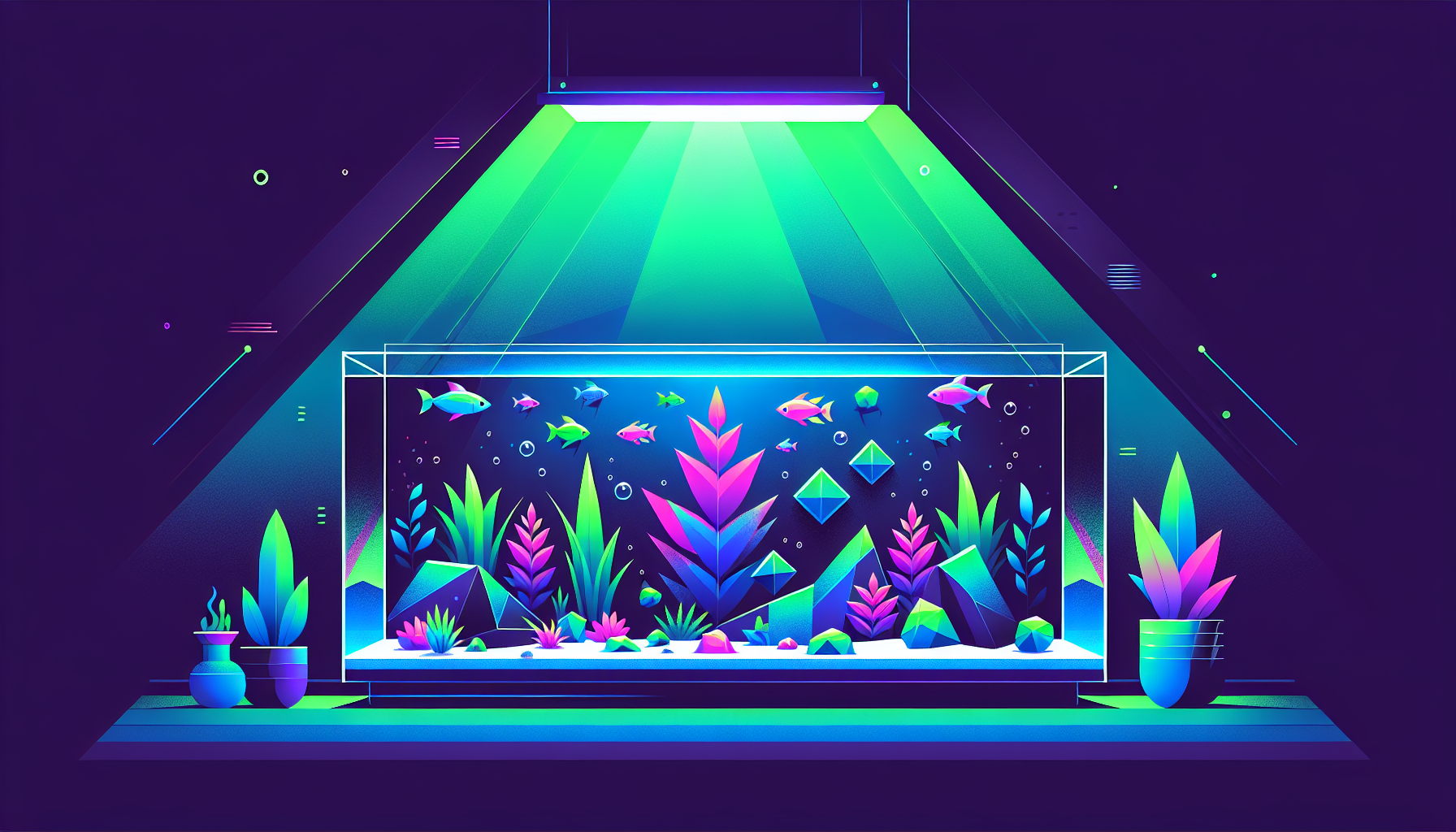The Beginners’ Guide to Aquascaping: Step-by-Step Tips for a Stunning Aquarium
Ready to transform your aquarium from plain tank to underwater masterpiece? This step-by-step beginners’ guide to aquascaping covers the essentials, from setting up your first aquascape and choosing the best plants to maintaining crystal-clear water and lush growth. Whether you’re a total beginner or looking to polish your skills, this guide will help you create a vibrant aquatic ecosystem you can be proud of.
What Is Aquascaping?
Aquascaping is the art of arranging aquatic plants, rocks, driftwood, and substrate in an aquarium to mimic natural landscapes and craft visually stunning underwater scenes. Inspired by nature and artistic design, aquascaping is more than just arranging plants—it’s about creating a balanced, self-sustaining ecosystem where plants and fish thrive.
The Main Aquascaping Styles
- Nature Aquarium: Mimics natural landscapes using intricate plant layouts and natural hardscape materials.
- Iwagumi: Distinguished by minimalist stone structures, typically featuring odd-numbered rocks and limited plant species.
- Jungle Style: Offers a lush, wild appearance with dense planting and minimal trimming.
- Biotope: Replicates a specific natural habitat, such as an Amazon riverbank or Asian forest stream.
Learn more about popular aquascaping styles to help pick your first design direction.
Getting Started: Planning Your Aquascape
Before you add water or shop for plants, take time to plan your aquascape foundation. Preparation will make setup smoother and ensure long-term success.
Step 1: Choose Your Aquarium
For beginners, a tank size of 20-30 gallons (75–110 liters) provides plenty of room for growth without being too demanding to maintain. Ensure your aquarium is made from clear glass or acrylic, with a quality stand to support the weight.
Step 2: Select Essential Equipment
- Lighting: LED aquarium lighting is energy-efficient and encourages healthy plant growth.
- Filtration: A silent, efficient filter (sponge or canister) keeps water clean and healthy.
- CO₂ system: Optional but boosts plant growth and vibrancy, especially for demanding species.
Discover our in-depth aquascaping equipment guide for recommendations.
Step 3: Substrate & Hardscape
Use aquasoil or nutrient-rich substrates for strong plant roots. For hardscape, natural rocks (seiryu, dragon stone, lava rock) and driftwood create dynamic structure. Arrange them to form focal points, following the “golden ratio” or rule of thirds for balanced compositions.
How to Set Up Your First Aquascape
With your plan and materials ready, it’s time to start building your aquascape step-by-step.
Step 1: Add Substrate
Rinse your substrate, then create gentle slopes from back to front for depth and dimension. A thinner front layer makes your tank look deeper, drawing the eye into your aquascape.
Step 2: Position Hardscape
Arrange rocks and wood in your desired layout before planting. Secure pieces firmly to prevent them from shifting over time.
Step 3: Plant Carefully
Use aquascaping tweezers to plant foreground (carpeting plants like Hemianthus callitrichoides or Eleocharis), midground (Anubias, Cryptocoryne), and background plants (Vallisneria, Rotala) in layers. Keep taller plants in the back to create depth, and plan where you’ll want open space or “negative space” for natural flow.
Step 4: Fill the Aquarium Slowly
Pour water in slowly to avoid disturbing your design—try placing a plate or plastic bag on the substrate to reduce splash. Fill the tank, add dechlorinator, and turn on your filter.
Introducing Fish & Invertebrates
Wait until your tank is fully cycled (typically 4–6 weeks) before adding livestock. Start with hardy species that won’t disturb plants or uproot your layout:
- Small schooling fish (e.g., neon tetras, harlequin rasboras)
- Peaceful bottom dwellers (e.g., Corydoras, otocinclus)
- Algae eaters (e.g., Amano shrimp, nerite snails)
We have a complete list of beginner-friendly aquascaping fish to help you choose the perfect species.
Essential Aquascaping Maintenance Tips
Regular care keeps your aquascape healthy and beautiful. Here’s how to keep your underwater garden thriving:
- Weekly water changes: Replace 30–40% of water to control nutrients and waste.
- Trim plants regularly: Avoid overgrowth and maintain desired shapes.
- Monitor water parameters: Test for ammonia, nitrite, nitrate, KH, GH, and pH weekly.
- Algae control: Reduce light intensity or hours if algae appears, increase water changes, and introduce more algae-eaters.
- Fertilize: Use liquid or root fertilizers to support lush plant growth, especially in high-tech tanks.
If you’re struggling with algae or plant growth, visit our aquascaping troubleshooting guide for quick solutions.
Common Aquascaping Mistakes (And How to Avoid Them)
- Skipping the cycling process: Rushing to add fish leads to water quality problems.
- Overstocking: Keep livestock numbers modest to prevent excess waste.
- Neglecting plant care: Dead or decaying plant matter leads to algae spikes—remove it promptly.
- Poor lighting choices: Insufficient or overly strong light hinders plant development.
Remember: patience is key in aquascaping, especially in the early weeks.
Ready to Create Your Own Aquascape?
Now that you know the basics of planning, setting up, and caring for an aquascape, you’re ready to begin your own underwater adventure. Start with a clear vision, choose easy aquatic plants and hardy fish, and enjoy watching your aquarium come alive!
Want to deepen your skills? Explore our step-by-step aquascaping tutorials and join the Aquascaping Academy community to share your progress and get help from experienced aquascapers.
Share Your Aquascape!
Have questions, or want to show off your first aquascape? Contact us or tag us on social media. We’d love to see your stunning creations!



